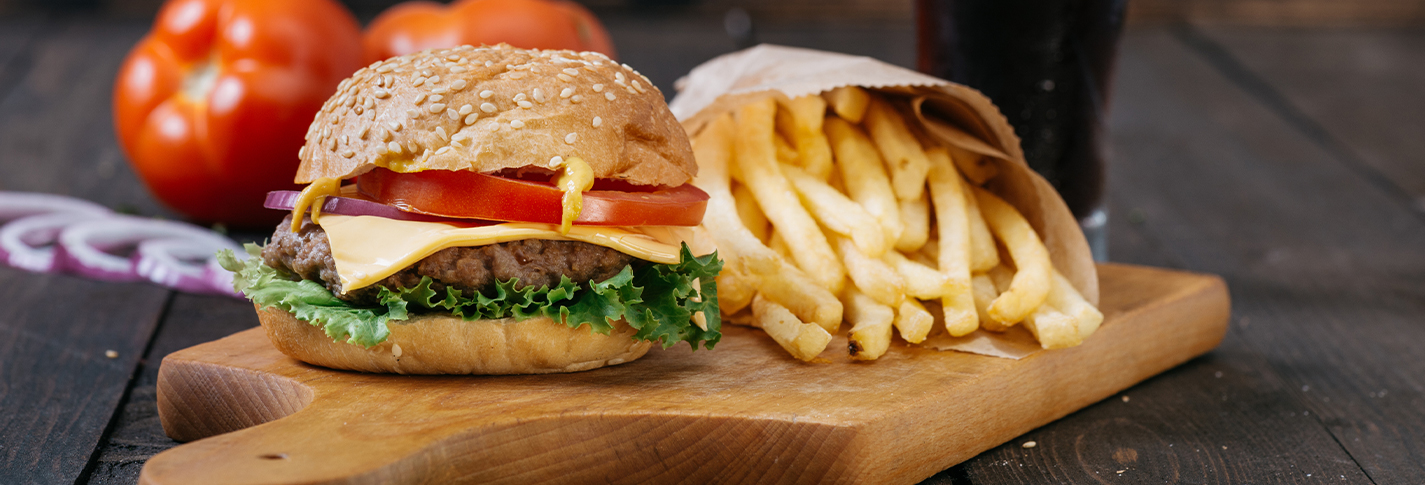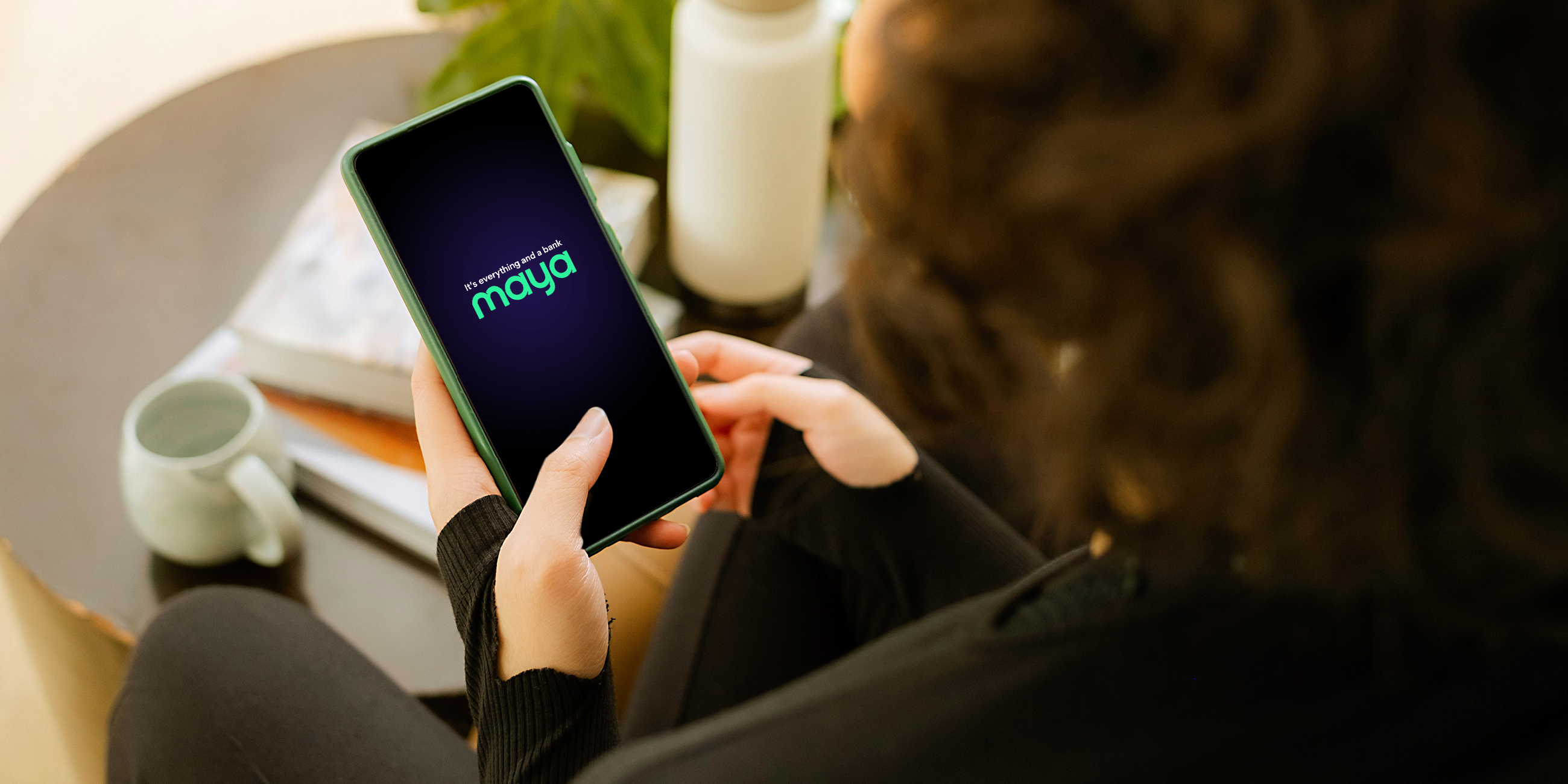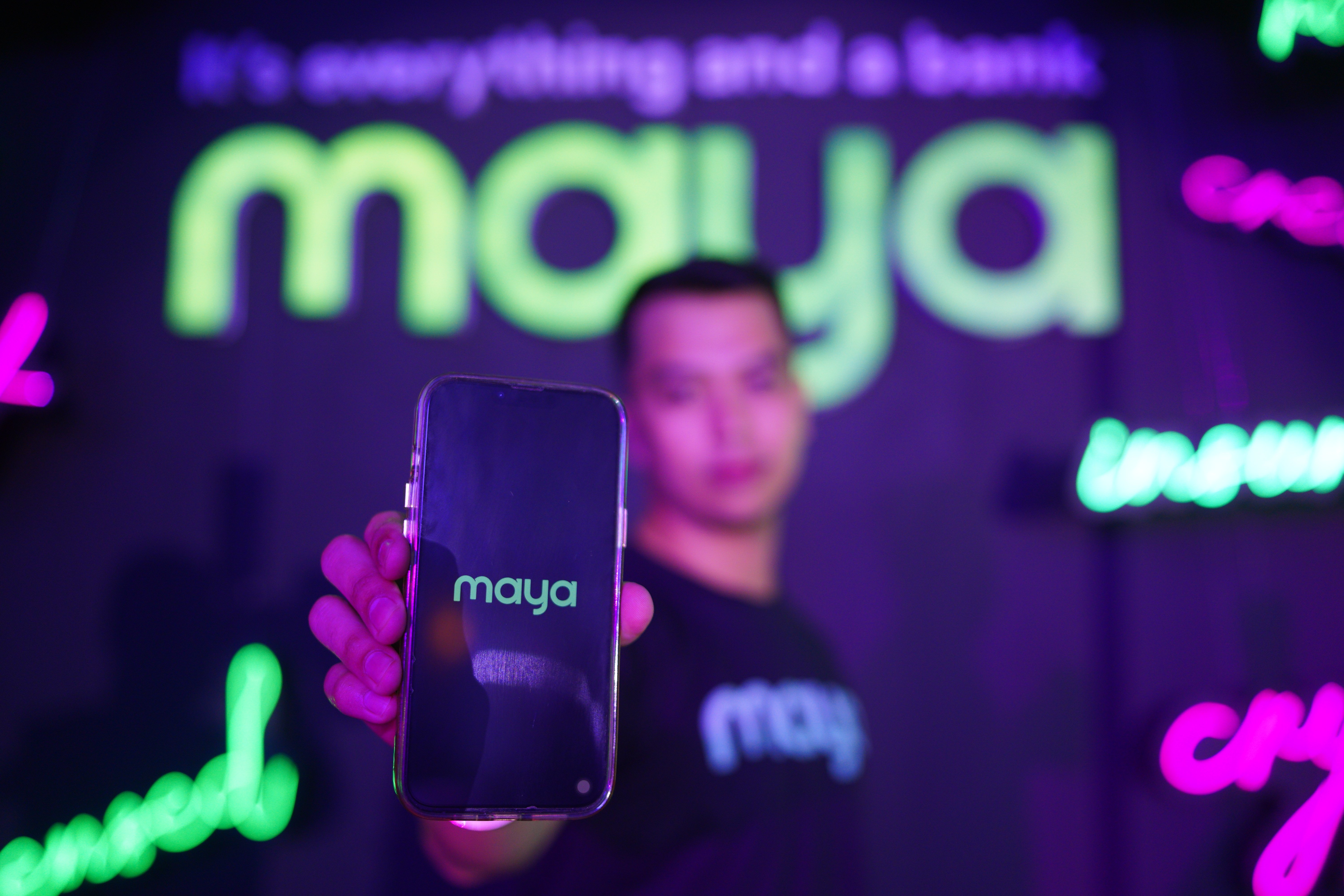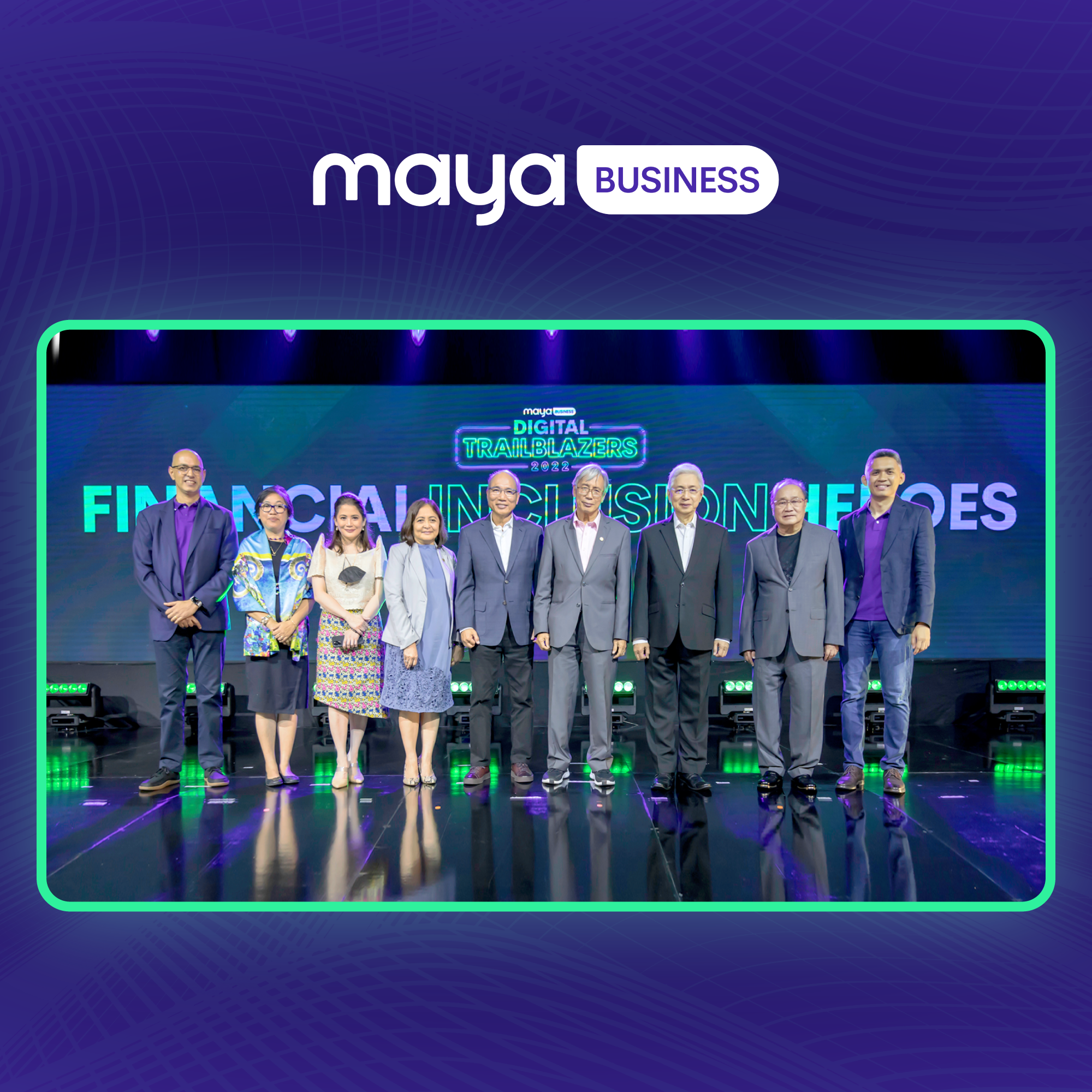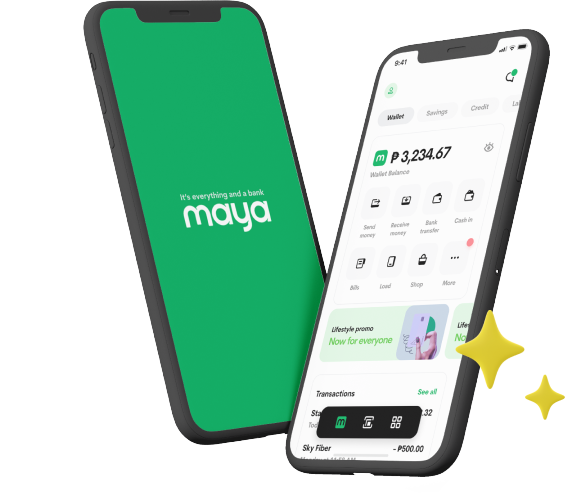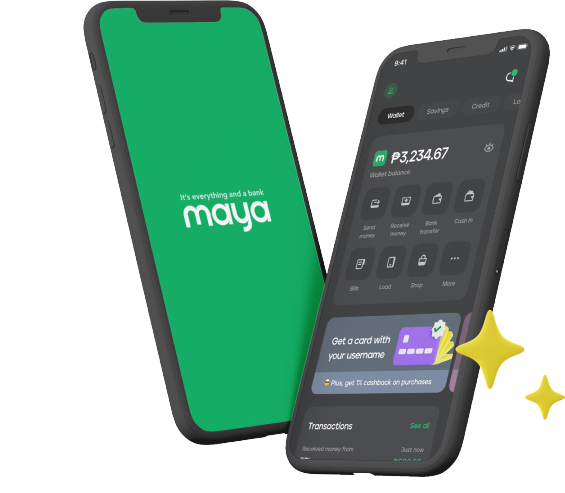The Philippines’ food and beverage (F&B) industry is one of the hardest-hit by the COVID-19 pandemic. After long months of community quarantines, several establishments had to permanently close due to losses. Others, meanwhile, have managed to weather the effects of temporary closures; they’re now operating again under health protocols issued by the country’s Inter-Agency Task Force (IATF) Against Emerging Infectious Diseases.
It can be tricky to operate a restaurant during a pandemic, however, especially since the disease is a new one. Thus, aside from following the requirements by the government (such as providing sanitizing equipment and installing dividers for face to-face seating), many individual establishments also set their own safety protocols.
In a way, these additional measures can also be treated as a new approach to customer service. Let’s take a look at some of the ways that restaurants and other F&B establishments have endeavored to keep their customers safe.
Cashless Payments
Close physical contact is one of the biggest factors of spreading COVID-19, which is why restaurants and other establishments had to temporarily shut down in the first place. Thus, upon getting the go-signal to reopen, restaurants made double the effort to enforce physical distancing.
Besides distancing the tables and placing markers for where customers can line up, as per the IATF’s rules and regulations, many restaurants also encourage their customers to pay using cashless methods. These include credit and debit cards, as well as e-wallets like Maya. In fact, with Maya, you can pay in two different ways: using a physical card or by scanning a QR code.
There are also establishments with their own payment cards and/or mobile apps like Starbucks, providing even more alternatives to customers. To further encourage their patrons to use cashless payments, Starbucks has even partnered with Maya for a cashback promo. Customers can get up to 20% cashback per transaction if they use Maya to purchase.
Make-Shift Payment Trays
Meanwhile, for those who may not have the means to use cashless payment methods, some restaurants have come up with unique ideas for handling cash. For example, for drive-thru transactions, there are fast food chains that provide their staff with “payment trays.” These are simply plastic trays attached to a stick or rod. Customers can place their money on the tray, and the staff will then place the change (if any) and the receipt on it in return.
This is something basic but nevertheless a good way to minimize physical contact. Coupled with PPE such as face masks and gloves, it can certainly help in preventing the spread of the virus.
Al Fresco Dinin
According to scientific data, the virus that causes COVID-19 spreads faster in enclosed spaces. This means that air-conditioned spaces have a higher risk of recirculating viral droplets.
Of course, this doesn’t mean that air-conditioned businesses aren’t allowed to operate. They are just required to ensure that they can provide proper ventilation before they can operate under the “new normal.” Meanwhile, other restaurants offer and encourage their customers to opt for al fresco dining. Some establishments also throw open their windows for better circulation. This is great for locations with naturally breezy weather, like Tagaytay or Antipolo.
Time Limits per Customer
Another factor that affects the spread of COVID-19 is the length of exposure. The logic is simple: the longer you are exposed to carriers of the virus and/or viral droplets, the higher the risk of catching it.
To help minimize this risk, some restaurants have imposed a time limit for a customer’s stay within the premises. This safety measure also allows them to serve more customers in a safe manner.
Digital Contact Tracing
An important component for preventing and treating COVID-19 is proper contact tracing. This process helps the authorities contain the spread of the virus by monitoring those who may have been exposed to the virus. Should these people be asymptomatic, they can take the necessary steps such as self-isolating to reduce the chances of infecting others.
Some restaurants employ technology for this purpose. For instance, there are establishments that provide a QR code which can be scanned to open a form. Customers can input their details in the form, which will then be sent to a database. From here, it’s easier to get in touch with people for verification, detection, and the like.
No In-House Reusables
Establishments like Starbucks have also temporarily put the use of personal cups or tumblers on hold. This also applies to their "For Here" cups . This is simply due to the nature of these reusables, which are put in direct contact with the mouth. It’s true that these can be washed and sanitized, but it’s all about providing peace of mind to the customers and further minimizing risks.
For some people, these additional measures might feel like overkill. However, COVID 19 is a serious health threat and should thus be taken seriously. As the saying goes, it’s better to be safe than sorry.
You might also like
These Stories on Featured
